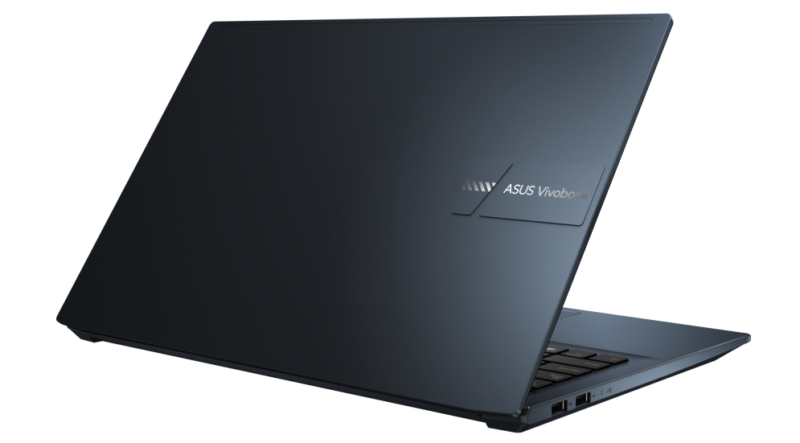

Asus takes it back to 2019 with new GTX 1650 OLED laptop
source link: https://arstechnica.com/gadgets/2021/11/asus-takes-it-back-to-2019-with-new-gtx-1650-oled-laptop/
Go to the source link to view the article. You can view the picture content, updated content and better typesetting reading experience. If the link is broken, please click the button below to view the snapshot at that time.
Something old, something new —
Asus takes it back to 2019 with new GTX 1650 OLED laptop
Latest Vivobook Pro laptops come with RTX 3050 or GTX 1650 from 2 generations ago.
Scharon Harding - 11/15/2021, 6:05 PM

Asus' latest machines aimed at creators offer the latest and not-so-latest Nvidia mobile graphics. Armed with newer tech, like an OLED panel with up to a 90 Hz refresh rate and 11th-gen Intel and AMD Ryzen 5000-series mobile CPUs, the Asus Vivobook Pro 14 and 15 OLED laptops announced today also have some interesting choices for graphics: either the current-gen RTX 3050 or the GTX 1650, a card that first debuted two generations ago.
The mobile GTX 1650 originally came out in 2019 with GDDR5 memory. But in 2020, as current-generation cards were virtually impossible to find at anywhere near MSRP, Nvidia released a new variant with GDDR6 memory, boosting bandwidth from 128 to 192 Gbps. At the time, Nvidia told PC Gamer that "the industry is running out of GDDR5."
Asus' new Vivobooks employ the Max-Q version of the GTX 1650, allowing the 14-inch laptop to measure just 0.76 inches (19.25 mm) thick and the 15-inch version 0.74 inches (18.9 mm). The trim GPU carries 4GB of GDDR6 memory and is said to be specced to hit a clock speed of up to 1,245 MHz with a total graphics power (TGP) of 35W. For comparison, the RTX 3050 is only available in the 15-inch version Vivobook Pro OLED with 4GB of GDDR6 and up to 1,500 MHz at 35W (50W with Dynamic Boost).
The GTX 1650-equipped Vivobook Pro 14s aren't available until December, but the 15.6-inch version is currently available for $919.99. It also has a 1920×1080 OLED screen, 8GB of memory, 512GB of PCIe 3.0 SSD storage, and a quad-core Intel Core i5-11300H.
Advertisement
The 14-inch laptop goes up to a quad-core i7-11370H or octa-core AMD Ryzen 7 5800H with a 1TB SSD and a 2880×1800 90 Hz OLED screen that claims 100 percent DCI-P3 coverage and carries VESA's DisplayHDR 600 True Black certification, which calls for a minimum of 600 nits of brightness and a max black level of 0.0005 nits. The 15.6-inch model differs by maxing out at 60 Hz with its 1920×1080 OLED panel and 512GB of storage.
Asus' announcement says that it's targeting "younger creators," with lower RAM and storage specs, and it highlights a "unique, warning-striped Enter key." The announcement also claims to focus on keeping things trim, further emphasizing that Asus isn't trying to offer the most powerful creator clamshell possible here.
Not the only GTX 1650 in town
Other OEMs are also pushing GTX 1650 clamshells these days, including at even higher prices than those outlined in Asus' announcement. For example, the Lenovo Legion 5 15-inch laptop also pairs 11th-gen Intel CPUs with a GTX 1650; it starts at a $1,200 MSRP. Meanwhile, HP's Omen Laptop and Acer's Swift X each have a current-gen AMD Ryzen 5000-series chip and GTX 1650 for respective MSRPs of $1,000 and $850.
The use of the GTX 1650 is an interesting, but not isolated, choice. It offers a lower-priced option for laptop shoppers who need more than integrated graphics. With a GTX 1650, you can run creative apps and most games, besides AAA titles, at low to medium settings.
Ars Technica may earn compensation for sales from links on this post through affiliate programs.
Recommend
About Joyk
Aggregate valuable and interesting links.
Joyk means Joy of geeK